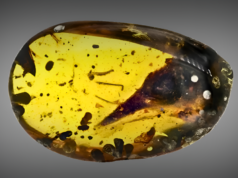
In the quest to combat climate change, scientists have explored numerous innovative solutions. Among the most dazzling and controversial is the idea of using diamond dust to reflect sunlight away from Earth, potentially reversing the effects of global warming. While the concept sounds straight out of science fiction, recent studies have brought this glittering idea into the realm of possibility, albeit at a staggering cost.
The Science Behind Diamond Dust
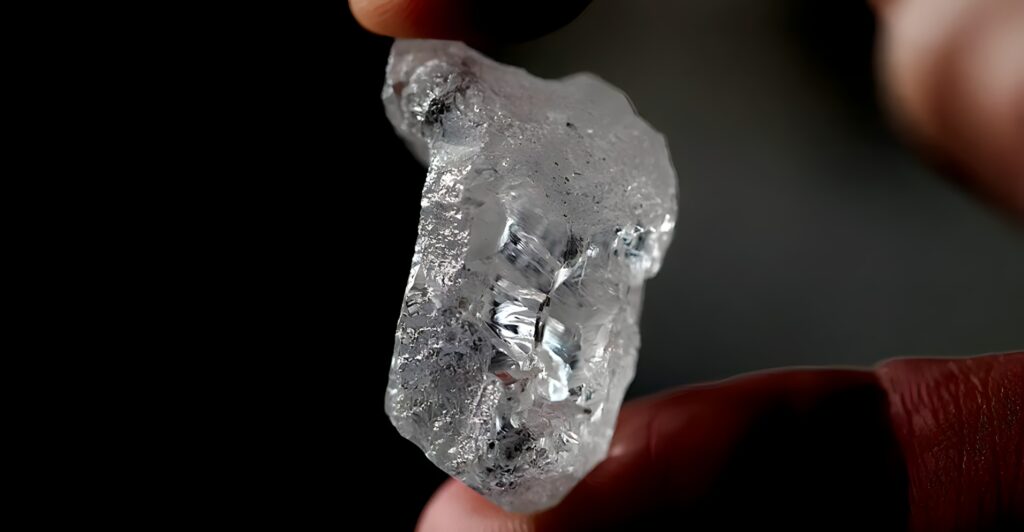
The basic premise involves dispersing finely powdered diamond particles into the stratosphere, where they would act as tiny mirrors, reflecting solar radiation back into space. This geoengineering technique, known as solar radiation management (SRM), aims to reduce global temperatures by limiting the amount of heat that reaches the planet’s surface.
Diamonds, known for their high reflectivity and durability, are considered ideal candidates for this task. According to a study published in the journal Nature Climate Change, diamond dust could potentially reduce global temperatures by 1.5 degrees Celsius within a decade of deployment.
The Feasibility of Deployment

However, the practicalities of dispersing diamond dust on a planetary scale are daunting. The estimated amount of diamond required would be in the range of several million tons. Producing and distributing such a quantity poses significant logistical and environmental challenges. Not to mention, the production of synthetic diamonds itself is energy-intensive, raising concerns about the carbon footprint of the solution.
The Cost of a Sparkling Shield
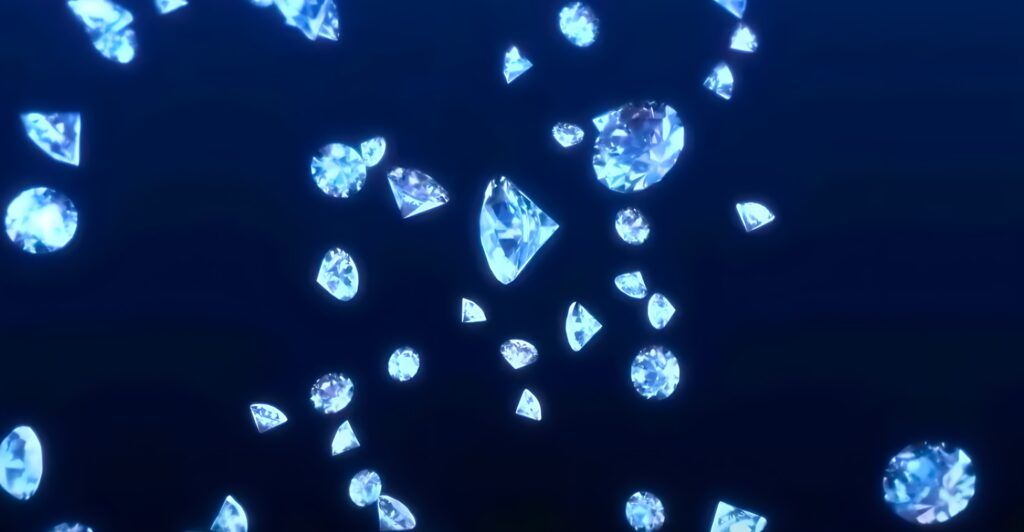
The financial implications of this shimmering strategy are equally staggering. Experts estimate that the total cost of producing and deploying the required amount of diamond dust would be approximately $175 trillion. This figure includes the extraction or synthesis of diamonds, the development of dispersal technology, and ongoing maintenance of the atmospheric shield.
Potential Benefits Beyond Temperature Control

Despite the astronomical cost, proponents argue that the benefits could justify the investment. In addition to reducing global temperatures, diamond dust could help mitigate extreme weather events, slow the melting of polar ice caps, and stabilize sea levels. Furthermore, the reduction in solar radiation could potentially buy humanity valuable time to transition to renewable energy sources and implement more sustainable practices.
Environmental Risks and Ethical Concerns
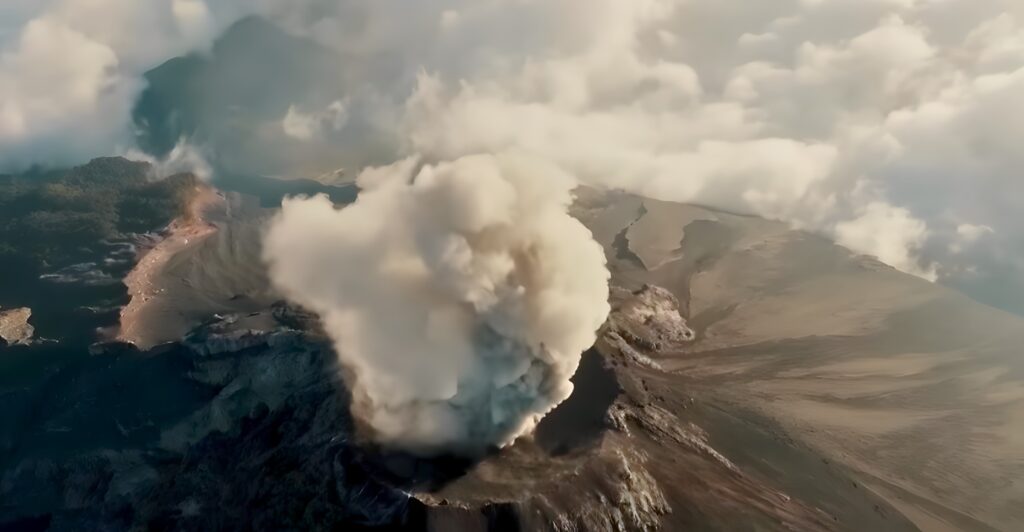
While the potential benefits are enticing, the deployment of diamond dust is not without risks. The long-term environmental impacts are largely unknown, and there are concerns about potential side effects such as changes in weather patterns, reduced agricultural yields, and disruption of ecosystems.
Moreover, the ethical implications of such a large-scale geoengineering project are profound. Critics argue that relying on a technological fix could detract from the urgent need to reduce greenhouse gas emissions and transition to a low-carbon economy. There is also the question of governance—who decides when, where, and how to deploy this planetary shield?
Scientific Community Divided
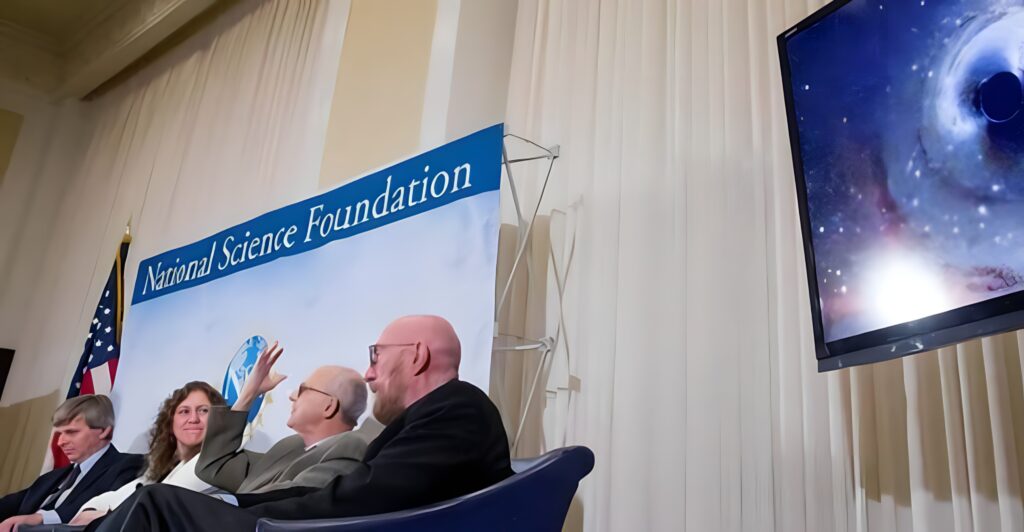
The scientific community remains divided on the viability and wisdom of using diamond dust as a climate solution. Some researchers view it as a necessary last resort, a fail-safe against the worst-case scenarios of climate change. Others warn against unintended consequences and the moral hazard of relying on untested technologies.
Learning from Past Geoengineering Efforts

Historical geoengineering projects, such as the sulfur aerosol injection proposed in the early 2000s, offer valuable lessons. While sulfur aerosols could cool the planet, they also posed risks of acid rain and ozone depletion. The diamond dust proposal similarly requires thorough research, rigorous testing, and international cooperation to ensure its safety and effectiveness.
Public Perception and Policy Challenges

Public perception and political will are crucial factors in the feasibility of deploying diamond dust. Skepticism and fear of the unknown could hinder support for such an unconventional approach. Policymakers must navigate a complex landscape of scientific uncertainty, economic considerations, and public opinion to build consensus on this potential climate solution.
Global Collaboration Required
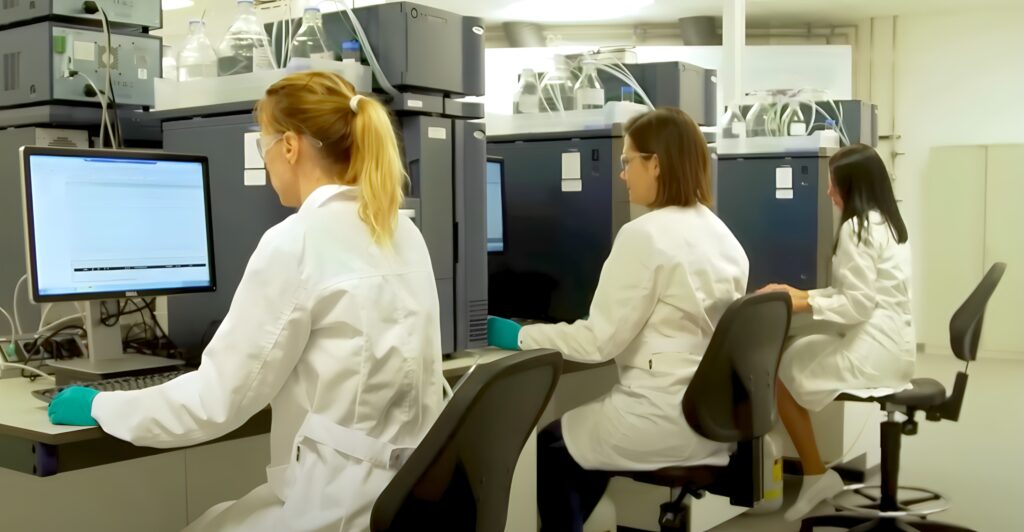
Given the global nature of climate change, any geoengineering solution must be approached with international collaboration. The deployment of diamond dust would require coordination among nations, transparency in research and implementation, and a framework for addressing potential conflicts and inequalities.
The Role of Private Sector Investment
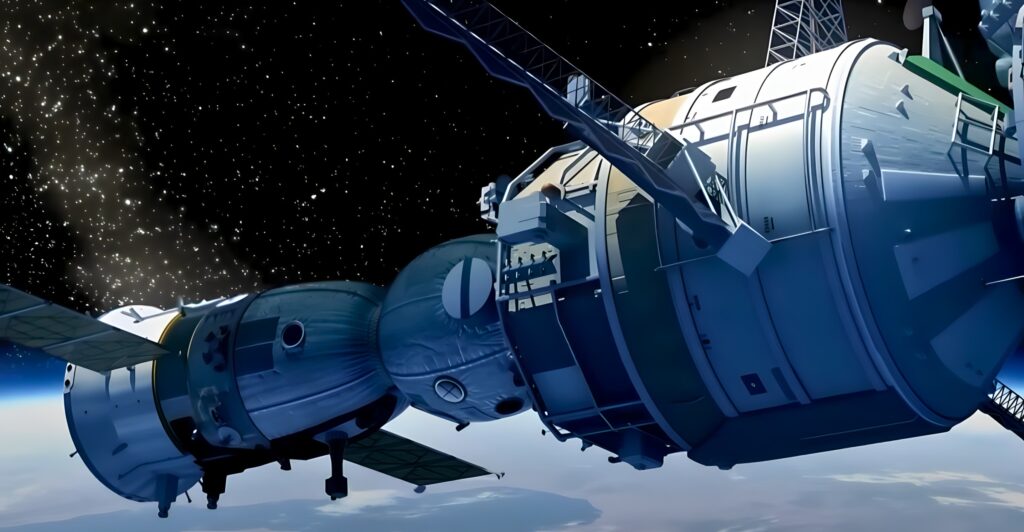
The private sector could play a pivotal role in advancing diamond dust technology. Investment from companies specializing in synthetic diamond production, aerospace technology, and climate research could drive innovation and reduce costs. However, ensuring that such investments align with public interest and environmental goals is critical.
A Glittering Gamble

The idea of using diamond dust to combat climate change presents a fascinating intersection of science, technology, and economics. While the potential to reverse global warming is alluring, the $175 trillion price tag and the associated risks make it a gamble of epic proportions. As the world grapples with the escalating climate crisis, the discussion around diamond dust underscores the need for bold, innovative solutions—balanced by caution, collaboration, and a commitment to sustainability.
A Call for Comprehensive Research
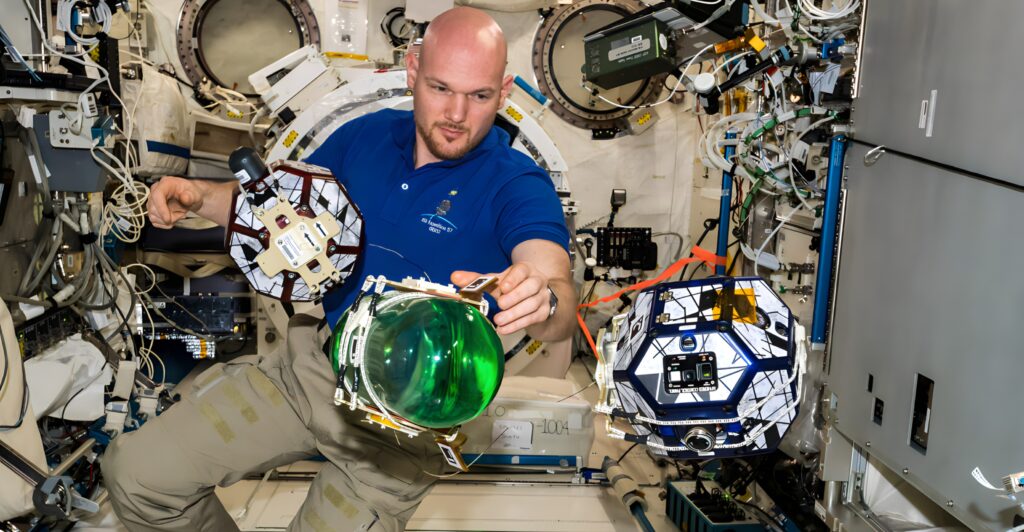
Ultimately, the diamond dust proposal highlights the urgency of investing in comprehensive research and exploring a diverse array of climate solutions. Whether this sparkling strategy will shine as a beacon of hope or remain a costly dream depends on the collective will of the global community to confront one of the greatest challenges of our time.
Stay connected with us for more stories like this! Follow us to get the latest updates or hit the Follow button at the top of this article, and let us know what you think by leaving your feedback below. We’d love to hear from you!




